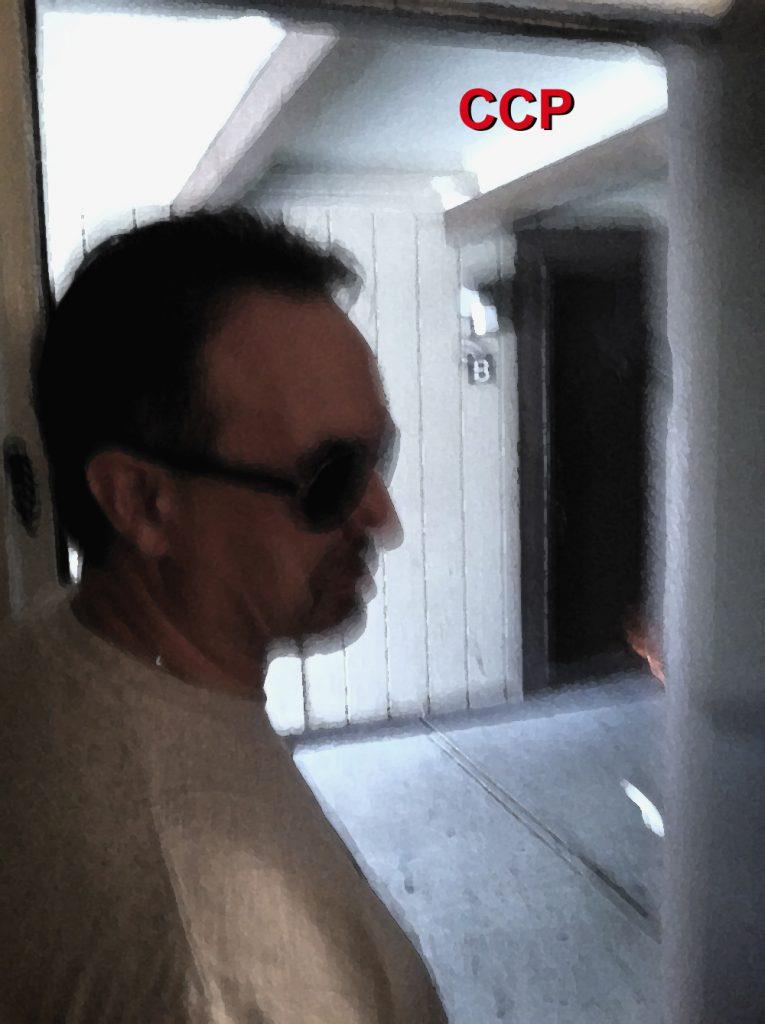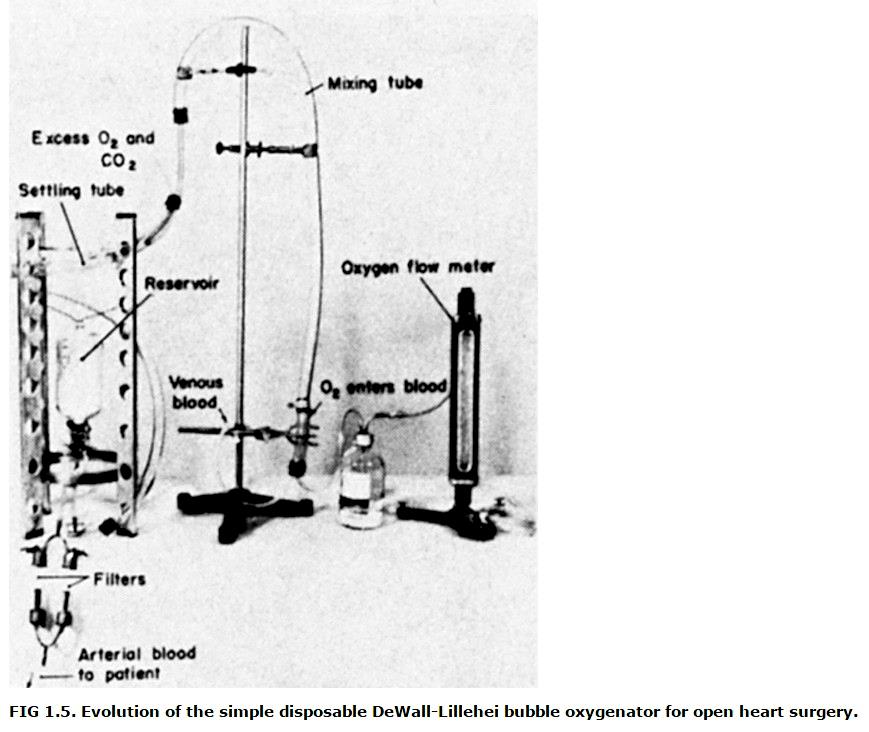Perfusion – A Retrospective: The 70’s, 80’s, & 90’s

Editor’s Note:
I met Paul not too long ago. I was doing a locums stint in Northern Indiana, and he was my mentor for the first couple of cases. He did a nice job, had a flair with his NYC personality, and was refreshing to meet. He has been a perfusionist quite a bit longer than I have- and it was clear he had a passion for it, albeit- maybe getting worn out by a strenuous and unrelenting commitment to call and 24/7 availability- an incipient issue for so many of the perfusion groups I encounter. Of course this would be an intuitive assumption, as the very fact that i am there infers some sort of staffing shortage.
Either way, it was a pleasure to meet him- as well as the rest of the fine dedicated individuals that are his colleagues. Good people doing a tuff job- and doing it well!
The post below is a reminder that we are working off the sweat from the backs of true pioneers. I have never seen a bubbler or a reusable circuit … have you?
Enjoy 🙂 And thank you Paul.
Perfusion – A Retrospective
By Paul DiGregorio
I entered the field of perfusion in 1978 as student. We were just a few years removed from the first hard shell bubble oxygenator and the start of the use of arterial line filters. These were products that would make our job significantly easier and perfusion a little safer for the patient. We cannualted EVERY patient with two cannulas. There was no two stage cannula. That wouldn’t come about for another year or so. There was no such thing as a swan-ganz either. Again about a year away. Who measusred ACTs? We used protocol. Two thousand in the prime and 1000 every hour on pump. Hemochrons and hepcons were a few years away. The membrane oxygenators of the day were high prime and difficult to use. They all worked with a venous reservoir bag. There were literally dozens of companies making products for us to use. Plenty of choice. Oh and price was never an issue. It was the best care at any cost. Oh and who says the cases are more difficult now? They never had to use the equipment we did in the 70s. Fun times.
As the eighties came upon us bubble oxygenators were more refined and dependable. Newer membrane oxygenators burst on the scene in the early eightes, including the first open reservoir membrane. By the end of the decade membranes were the oxygenator of choice for most centers. They were still high prime and either parallel plate or flow inside hollow fiber. Blood cardioplegia began to gain popularity and retrograde cardioplegia made its appearance. Some balloon pumps were the size of a 25inch color TV and took up most of an elevator. This was still a time when you’d lose a patient or two each year on the table. VADs and ECMO was still evolving. Attention to cost was becoming more and more of an issue. These were pretty exciting times.
As we entered the nineties cost and prime seemed to be the big issues. The best care at a reasonable cost. All manufacturers offered hardshell membrane oxygenators. Hollow fiber was the membrane of choice with flow outside the fibers. Priming volume was a HUGE deal. As the decade came to an end mini incisions, OPCABS and VAVD were some of the buzz of the day. Transespahageal echo made its appearance along with valve repairs in the early 90s. VADs and ECMO were improving especially the implantable VADs. Not as exciting as the 80s but still a lot of new things and change.
The new century did not bring much radical change as we had seen in the 60s, 70s, 80s and 90s. Of course technology came in with more automated pumps and other devices. Better monitoring systems. Electronic charting. The number of manufacturers offering us products has dwindled to a few. And we are forced to practice more out of fear of litigation, which may be driving up costs. VADs and ECMO has greatly improved and we rarely lose a patient in the OR. The hardest thing about perfusion these days isn’t doing the cases. It’s everything we have to do to get there. That can be frustrating at times, but if you can get by that perfusion can still be fun, exciting and very rewarding.
I have no idea what future years will have for us, but I do know this. This old man will be looking at from the outside in.
Keep on pumpin’ 🙂
Paul DiGregorio, CCP
Comments
Paul we are completing a fleet replacement to now have 8 Sorin S5s, Connect software, Spectrum M4 Inspire oxy and Flextherm heater coolers. In 72 I embarked on perfusion with a Pemco pump Kay-Cross disc oxy no level sensor or servo regulation and floor water. We made our own tubing packs reusing the tubing – boiled the latex pump boots in caustic and soaked the PVC in pyroneg then used a petroleum spirit swab on a pull through for a sparkling finish. After reassembly rinsed in distilled water then ETO. The 144 discs were scrubbed, cleaned with petroleum spirit in a fume cupboard and reassembled. The long glass oxy cylinder had a mix of Dow Corning anti foam and petroleum spirit poured into it then it was rolled down a bench to coat all the surface, often requiring repetition to get it right. I think back with some amazement at how we ran this kit with small wheel controls for the venous,arterial,vent, sucker and 2 coronary perfusion pumps and a 7th to control disc rotation – about 100 rpm to get a pO2 of 150. No safety devices. Seems like yesterday!




